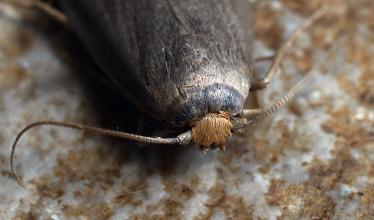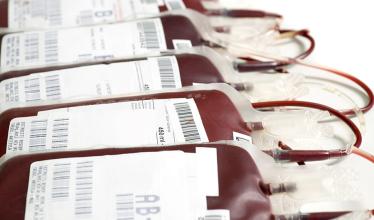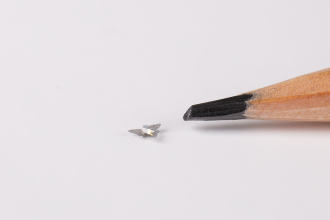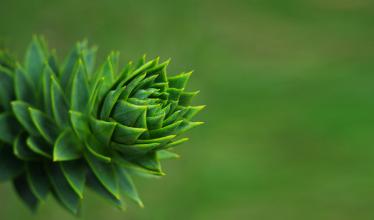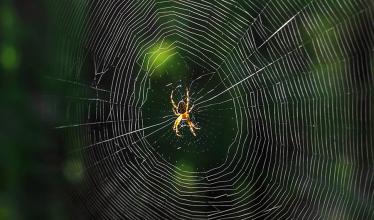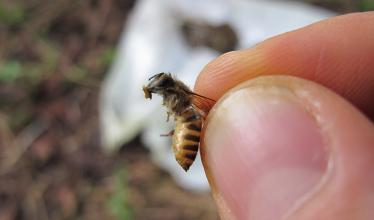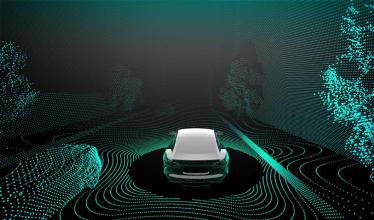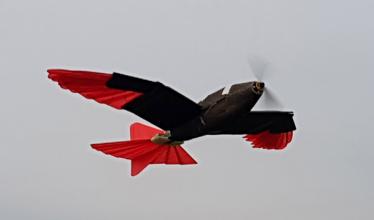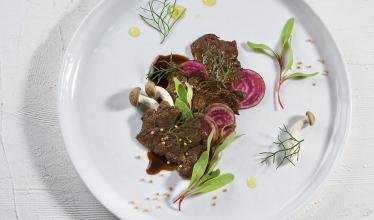Biomimicry
Researchers hope the tiny moth ears could someday inspire improvements to cell phones and hearing aids.
The centurieslong pursuit may finally be progressing, but designing ethical ways to test these products is a sizable challenge.
The chips may be the smallest ever human-designed flying machines.
The material, which mimics the structure of an araucaria leaf, might one day be used to help clean oil spills.
These fine filaments can funnel light from fluorescent nanoparticles, acting just like a teeny optical fiber.
Researchers make tiny disks that can propel themselves without external power.
The insects adorn their hives with animal feces to fend off giant hornet attacks.
New single-pixel device borrows materials from solar cells to replicate the behavior of a biological retina as part of its fundamental design.
Researchers say the morphing wings and tail of their robotic flyer allow it to soar at low speeds and make sharp maneuvers.
Green spectrum light can actually damage plants.
Like biological brains, artificial neural networks may depend on slow-wave sleep for learning.
Someday, such supports could allow meat in the lab to grow from tiny hamburger-nuggets into something more like steak.

